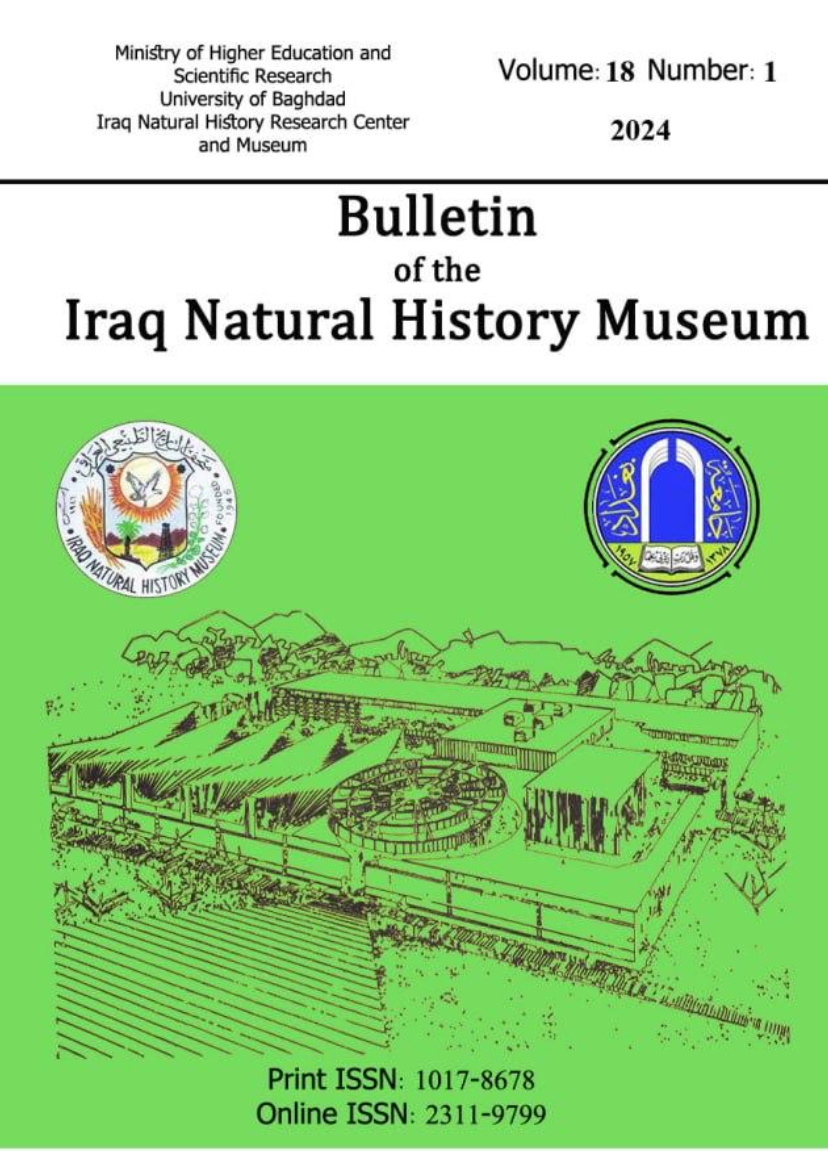RELICT SPECIES FROM AN AFRICAN ORIGIN IN SOUTHWEST ASIA: INSIGHTS INTO THEIR BIOGEOGRAPHY AND CONSERVATION
DOI:
https://doi.org/10.26842/binhm.7.2024.18.1.0187Keywords:
Clinopodium, Disjunctend distribution, Hypericum, Iranoaster, Relict species.Abstract
The Zagros Mountain range in western Iran is an area of species endemism within the Irano-Anatolian biodiversity hotspot. A couple of relict and morphologically isolated species have been reported for the Zagros Mountains, yet their distribution patterns in relation to the geological and climatic history of the region are not fully understood. Clinopodium kallaricum (Jamzad) Bordbar, 2019 (Lamiaceae), Hypericum dogonbadanicum Assadi, 1984 (Hypericaceae), and Iranoaster bachtiaricus (Mozaff.) Kaz. Osaloo, Farhani & Mozaff. 2018 (Asteraceae) are local endemic species restricted to Zagros with no clear affinities to the Irano-Turanian or other Northern Hemisphere temperate species. Previous studies suggested some afromontane relations for these species, beyond the Saharo-Sindian lowlands. Here, we provide dated phylogenies for these three species, to assess the most probable drivers behind this pattern of distribution. Our results represent that the split between these taxa and their relatives is not contemporaneous, implying different biogeographical histories. I. bachtiaricus originated in the Middle Miocene, while C. kallaricum and H. dogonbadanicum are relatively younger (late Miocene early Pliocene). The divergence of these taxa coincided with the major geological and climatic events of the Miocene, mainly the collision of the Afro-Arabia and Eurasia plates in 18-16 Mya and the aridification of the Sahara (started in 11-7 Mya), followed by a shift in the vegetation of the Sahara from subtropical/steppe to arid desert. The possible relict nature of these species is discussed, and the role of the Saharo-Sindian Region as a vicariant agent is highlighted, which could have subdivided formerly uniform populations and subsequently accelerated the allopatric speciation.











